Is elastic sealant recommended for sealing and bonding various types of materials.
| Color | Capacity | Code |
|---|---|---|
| White | 200ml | 300008208 |
| Black | 200ml | 300008210 |
| Transparent | 200ml | 300008211 |
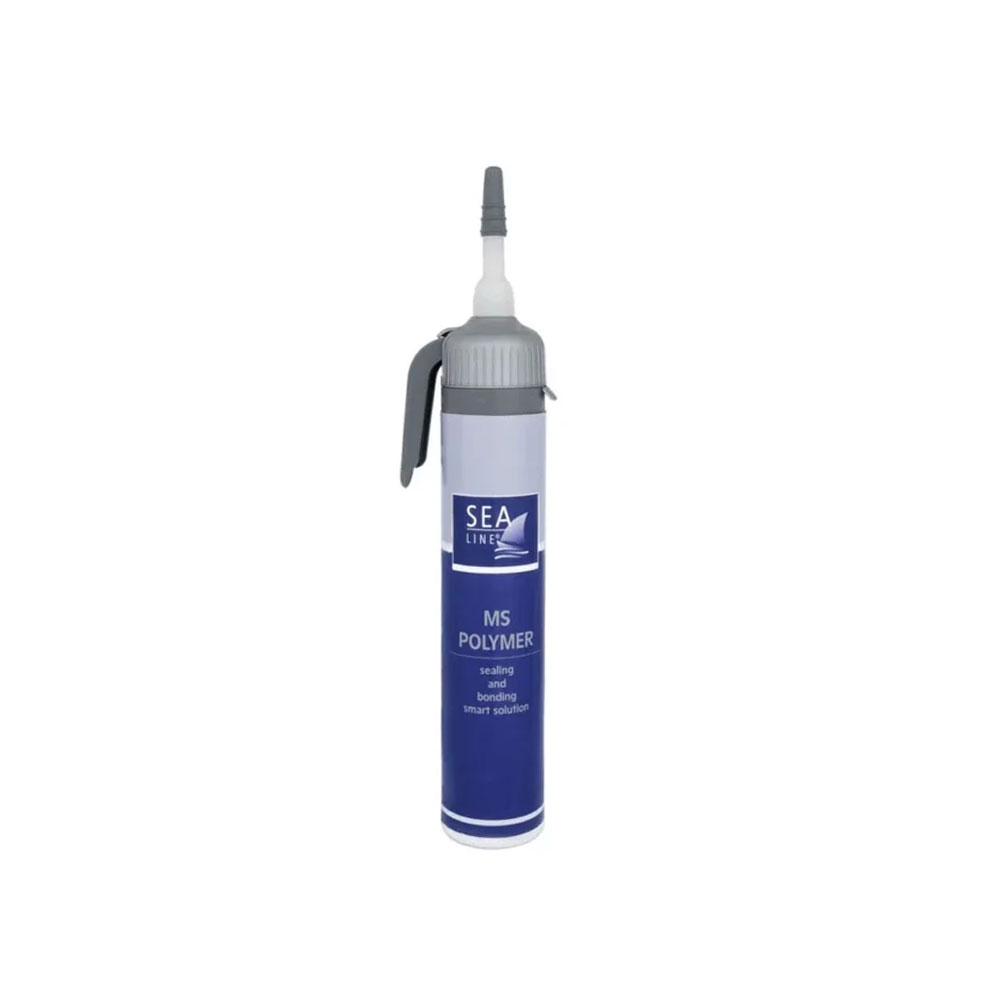
Thanks to this innovative application system, there is no need to use additional tools for applying Marine Polymer. Moreover, the system ensures consistent dosing force of the sealant throughout the entire application.
POLYMER is recomended for use on :
| Type | laminat, steel, wood, concret, plexi, etc. |
| Place | Above and below waterline |
| Function | sealing bonding |
| Chemical character | hybrid |
| Densinity | 1,44 g/cm³ |
| Curing mechanizm | apsorption of moisture from air |
| Elogation at break | to 500% (DIN 53 504) |
| Tensile strenght | 3,0 N/mm² (DIN 53 504) |
| Tear resistance | 20 N/mm |
| Resistant to temperatures | -40ºC to + 90ºC |
| Resistant to temperatures for short intervals | to +120ºC (white, black) |
| to +100ºC (transparent) | |
| Time for skin formation 20ºC | 15 minut |
| Curing time 20ºC | 24 h (weld to 3 mm) |
| Time to contact with water 20ºC | min. 30 minutes |
| Time to be painted 20ºC | 3 day |
| Shrink | no |
Apply on surfaces no need to priming.
Steel surfaces is recommend to prime using Epoxy Anticorrosion primer 4:1 Sea-Line.
Wood and concrete is recommend to prime using Epoxy Woodprimer 10:4 Sea-Line.
In case of application on natural wood, its humidity should be lower than 20%.
Clean surfaces from rust, damage paint coatings, etc. To increase adhesion, is recommend to sand surfaces by sand paper :
Clean surfaces from dust and contamination.
Grease and salt remove using Cleaner Sea-Line®
Thanks to advance dispensing system, POLYMER does not require extra tools to application, provides exact thickness of weld during application.
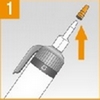
Unlock nozzle

Unlock dosing regulator

Set dosing regulator accordance with the needs
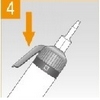
Apply product by pressing lever

After finishing application, secure dosing nozzle and block dosing regulator
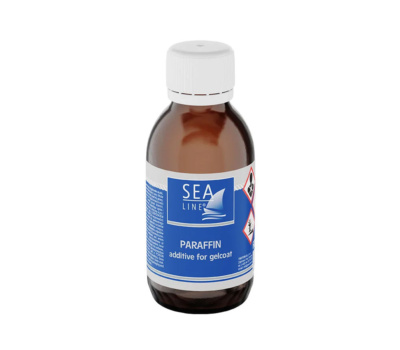
Paraffin is an additive mainly to polyester gelcoats, necessary when it is necessary to apply
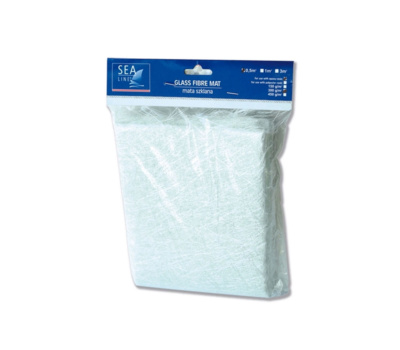
Fiberglass reinforcements, including boat mats and fiberglass fabrics combined with resin, are used for repairs
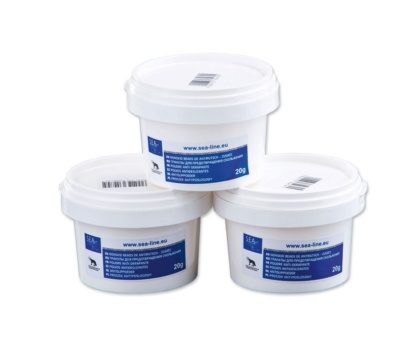
Non skid powder is anadditive for polyurethane topcoats. Non-slip powder = 20 grams, the amount
If the scratches are not deep, then we can renew the scratched side by polishing with Sea-Line polishing pastes. Above the waterline, when the scratches are not deep, the surface can be repaired with a DRY FAST gel coat filler. Deep scratches should be filled with epoxy filler (selected depending on the requirements of the scratched surface), painted with a primer and then painted with topcoat.
It is not recommended to apply 2K paints over 1K paints. 1K and 2K inks differ in their composition and properties, including hardness, chemical resistance and durability. 1K paints are one-component and dry by evaporating the solvent, while 2K paints are two-component and need to be cured by adding a hardener. Applying 2K paint over 1K paint can cause unpredictable chemical reactions and lead to undesirable effects such as dulling, chipping or flaking of the paint. Therefore, always use paints according to the manufacturer’s instructions and do not mix different types of paints. farby zgodnie z instrukcjami producenta i nie mieszać różnych rodzajów farb.